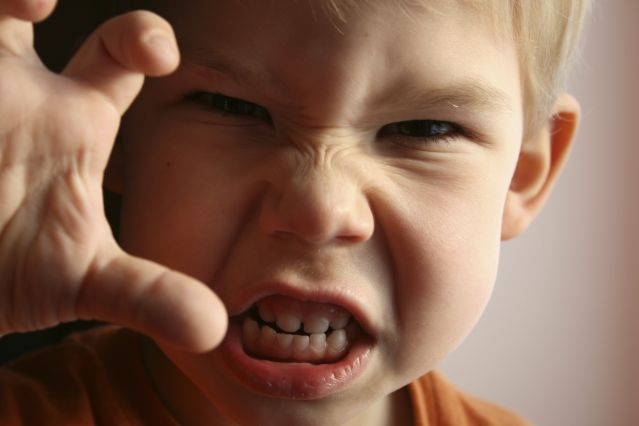Depression
Boys Who Cry Might Have It All Figured Out
When sad, too many boys repress it and too many girls dwell on it.
Posted November 20, 2012
“Stop crying! Boys do not cry.” I heard it the other day at the grocery store and had to bite my tongue. A four-year-old was clearly upset and his dad was dishing out this ironic parenting gem. I wanted to tap dad on the shoulder and point out the flaw in logic. If boys don’t cry, then you shouldn’t have to tell your son that boys don’t cry. I never have to tell my dog that dogs don’t meow. She doesn’t meow, will never meow, and me telling her this tidbit is pretty irrelevant. Repeatedly telling a crying boy that boys don’t cry is ignoring the obvious: that boys do, in fact, cry.
Study after study shows that boys and girls differ in some parts of their temperament, but not in others. Boys and girls don’t differ in how shy or fearful they are, or in how angry, sad, happy, or emotional they are. Young boys and girls don’t differ in how much they cry. Every young boy I am around is much more fearful and prone to cry than my daughter. Boys and girls do differ, however, in how people react to their fear, sadness, and crying. Moms, for example, discuss feelings of sadness for longer and in greater detail with their daughters than with their sons. Boys are frequently reprimanded for crying and showing sadness.
But the unavoidable kicker is that boys do sometimes feel sad. Sometimes a little, sometimes a lot. Before puberty hits, boys are more at risk for depression than girls. Even feeling just a brief moment of sadness is a natural emotion to something negative. People the world over experience sadness at times. As parents, though, we often teach boys that sad emotions are something only girls are allowed to express. This shapes their emotion schemas, those ideas we hold about what emotions feel like, how they should be labeled, and how they should be expressed. We aren’t born with these schemas, we are taught them. For boys, they are taught that sadness is not okay, and expressing sadness is definitely not okay.

But emotions don’t evaporate, they have to be expressed somehow. For boys, an acceptable emotion is anger. They can fight, show aggression, and are rarely admonished for that. “You know boys? They are always fighting...” So, for boys, who grow up into men, events that might cause sadness cause anger instead, and we end up with adult gender differences in which women can show sadness and cry and men blow their tops.
Girls, who grow up into women, experience the exact opposite socialization. We are allowed to talk (and talk and talk and talk) about our sad feelings. We have friends who will rehash every minor detail of the negative event with us. Our moms sit on the edge of the bed and help us “process” why we feel sad. Indeed, this process, called rumination, in which we play the event over and over again in our minds is like hitting repeat on the CD player and replaying the same set of songs over and over.

Girls do it considerably more than boys do. It is why, when I have a minor argument with my husband, I will replay every detail over and over all day long while he never thinks twice about it. When the event that gets replayed is negative, we get more and more upset with each replay. This difference largely explains why women are more likely to be depressed than men.
This all strikes me as crazy (I am a psychologist, so I use the term with my most professional voice). We have a basic emotion: sadness. Yet what we do with that emotion seems to screw us all up. We teach boys to repress it and we teach girls to dwell on it. So we get men who need to attend anger management classes and women with high rates of depression.
Although politicians can’t seem to do it, maybe parents can. What if we met in the middle a little more often? Let boys express sadness when they feel it. Have a good cry every now and then. And tell girls to not dwell on it so much. Tell them, as my husband says, to “man up.” Maybe we should be learning from the other gender a bit more often. A little bit of each coping strategy seems to be better than either one alone.


